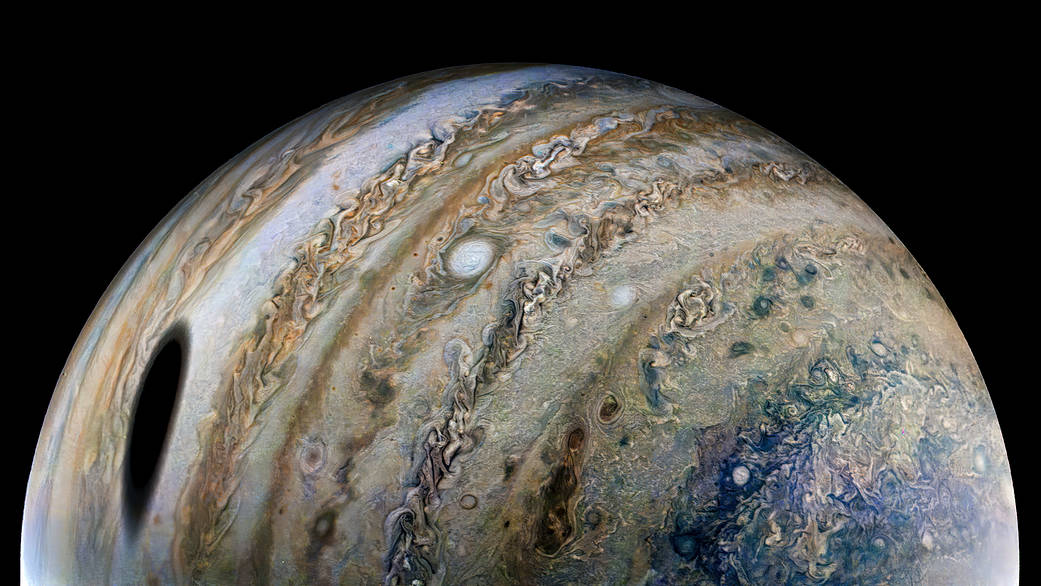NASA needs your help to examine gorgeous images of Jupiter from Juno spacecraft

NASA's new citizen science project, Jovian Vortex Hunter, seeks your help to find interesting features in Jupiter's atmosphere. By analysing stunning images from the agency's Juno spacecraft, you can help astrophysicists catalogue hurricane-like vortices and other phenomena.
"There are so many images that it would take several years for our small team to examine all of them. We need help from the public to identify which images have vortices, where they are, and how they appear," said Dr Ramanakumar Sankar, who leads the project. Dr Sankar is a postdoctoral researcher at the University of Minnesota School of Physics and Astronomy.
Our Jovian Vortex Hunter #CitizenScientists have already blown through their first few batches of #JunoMission data and are on to a new batch. Help document these hurricane-like vortices in Jupiter’s atmosphere: https://t.co/urEQVN1tf2 pic.twitter.com/dDHVFtCG97
— NASA Citizen Science (@DoNASAScience) July 7, 2022
While the new Jovian Vortex Hunter project provides images that the science team has already processed, a similar project, called “Junocam” seeks help from members of the public processing images from NASA's Juno Mission and choosing targets for the spacecraft.
"JunoCam has completed more than 40 orbits around Jupiter, and we have a collection of about 60,000 images like the ones above. We need your help to identify which images have vortices, where they are and how they appear. With the catalogue of features (particularly vortices) in place, we can study the physics behind how these features form, and how they are related to the structure of the atmosphere, particularly below the clouds, where we cannot directly observe them. We hope you can help us in unravelling these mysteries," says the project website.
Now in an extended mission phase, NASA's Juno spacecraft is the first explorer to peer below Jupiter's dense clouds to answer questions about the gas giant itself and the origins of our solar system. The solar-powered spacecraft will continue its investigation of the solar system’s largest planet through September 2025.
- READ MORE ON:
- NASA Juno
- Juno spacecraft
- Jovian Vortex Hunter
- Juno Jupiter images










